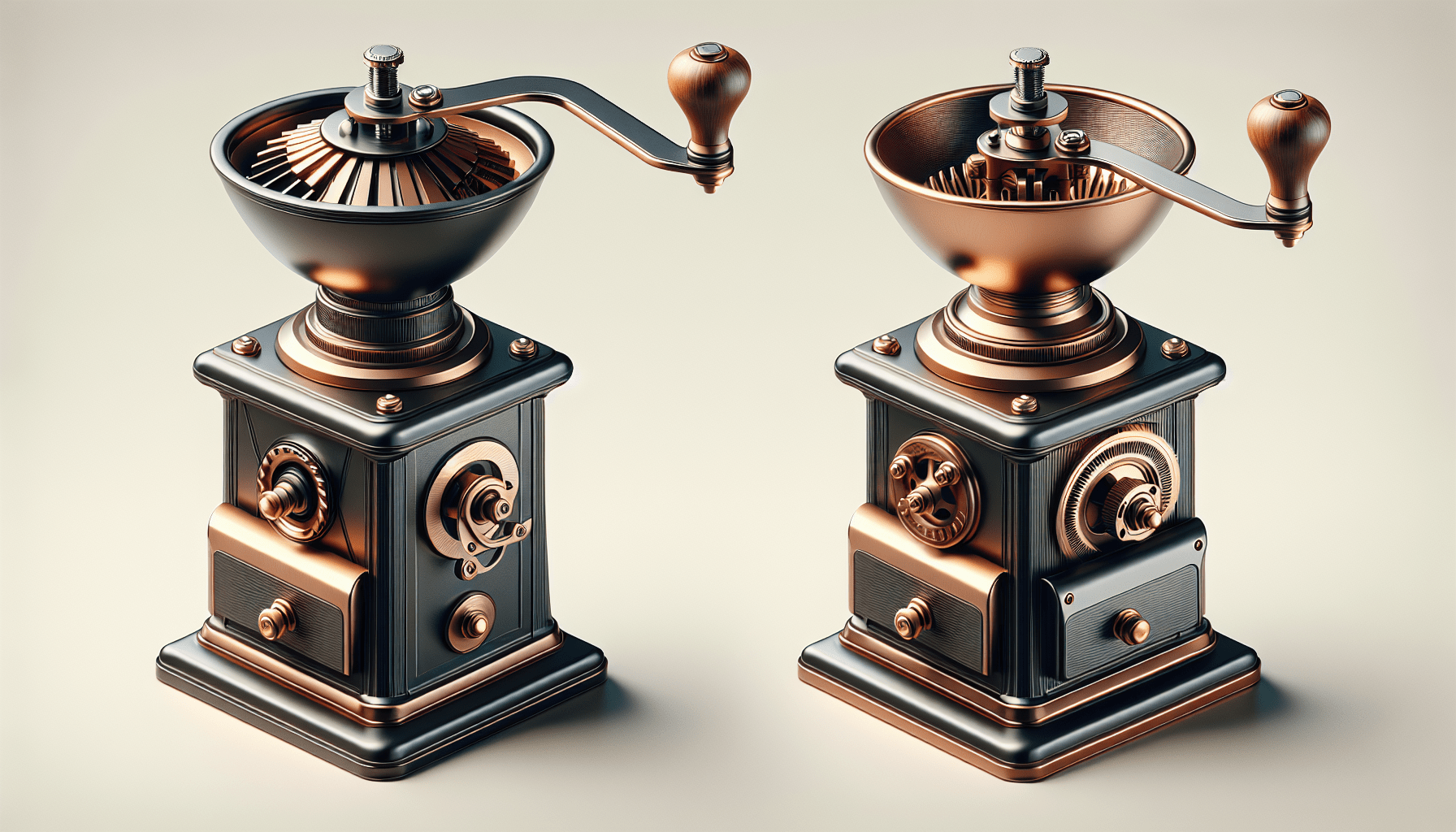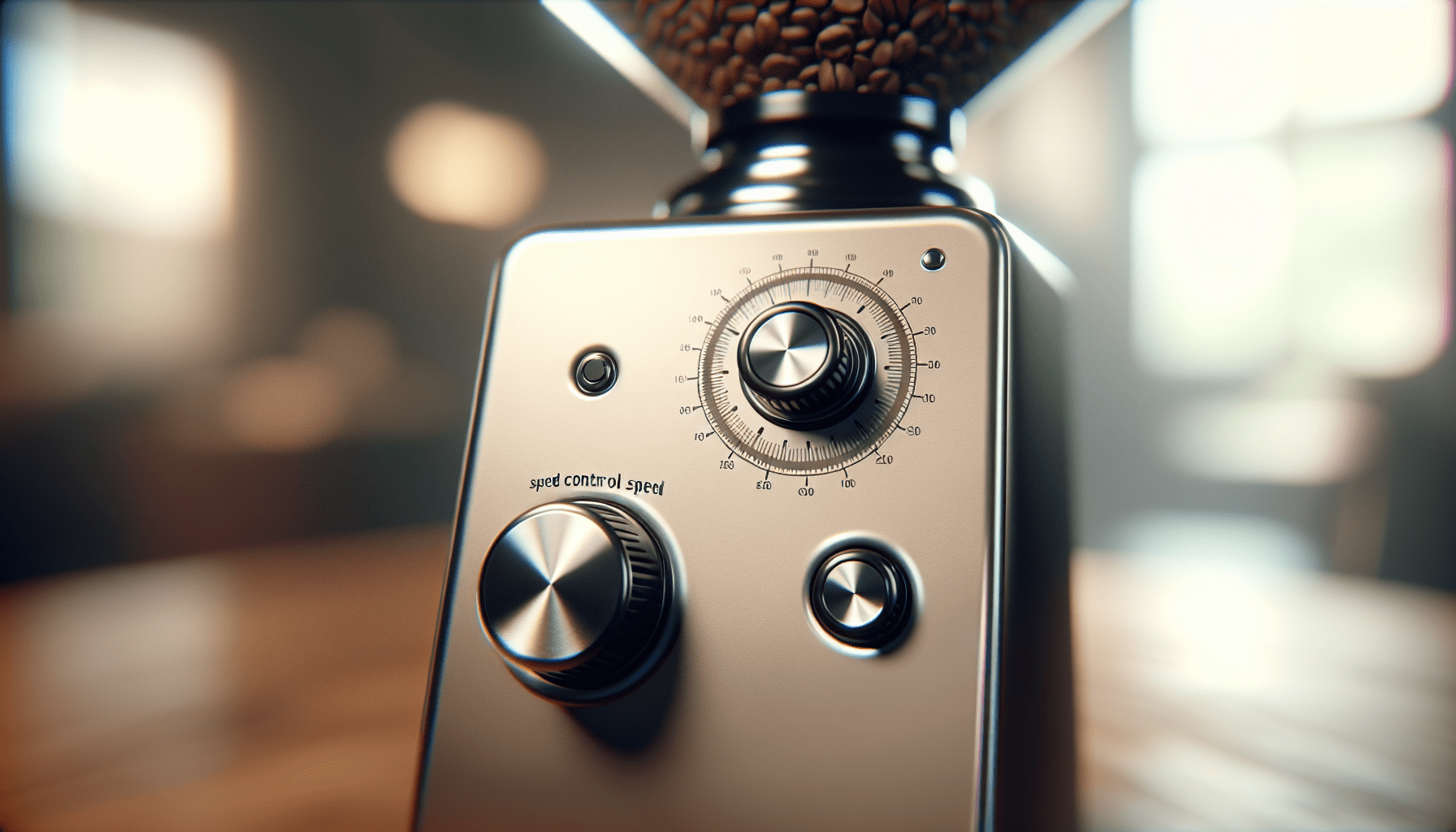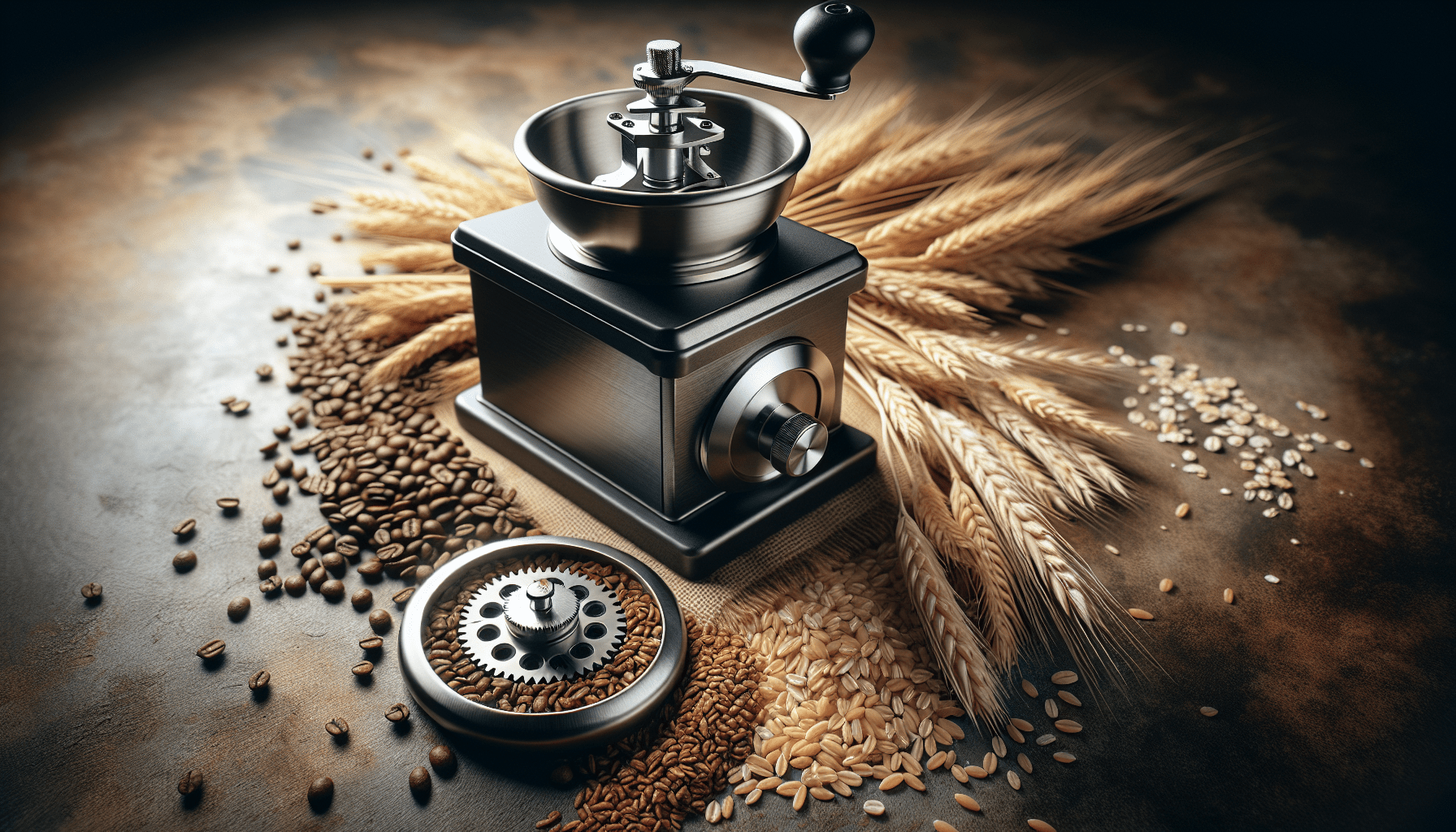In the world of coffee enthusiasts, the choice between a conical burr grinder and a flat burr grinder can make all the difference in the quality of your brew. Picture this: you wake up in the morning, craving a perfectly balanced cup of coffee, but your current grinder just isn’t cutting it. That’s where the conical and flat burr grinders come in. With unique designs and grinding mechanisms, these two types of grinders offer distinct advantages, and in this article, we’ll uncover the key differences that set them apart. So, grab your coffee mug and let’s explore the fascinating world of burr grinders together.
Definition of Burr Grinder
What is a burr grinder?
A burr grinder is a type of coffee grinder that uses two abrasive surfaces, called burrs, to grind coffee beans to a consistent size. Unlike blade grinders, which use spinning blades to chop the beans, burr grinders crush the beans between the burrs, resulting in a more uniform grind.
Importance of a burr grinder
Having a burr grinder is essential for anyone who wants to enjoy a high-quality cup of coffee. The consistency of the grind directly affects the flavor of the coffee, as well as the extraction process. Burr grinders ensure that the coffee particles are uniform in size, allowing for even extraction and a better-tasting cup of coffee.
Different Types of Burr Grinders
Conical Burr Grinder
A conical burr grinder is one of the most popular types of burr grinders available. It features two cone-shaped burrs, with one burr sitting inside the other. The beans are fed through the top and are crushed between the burrs as they rotate. Conical burr grinders are known for producing consistent grinds and are generally preferred by coffee enthusiasts.
Flat Burr Grinder
A flat burr grinder, as the name suggests, features two flat, parallel burrs. The beans are fed through a hopper and crushed between the burrs as they rotate. Flat burr grinders are often found in commercial settings due to their durability and ability to produce a precise and consistent grind size.
Construction and Design
Conical Burr Grinder Design
Conical burr grinders are typically designed with a vertical orientation, with the burrs positioned one above the other. The beans are fed into the top hopper, which then funnels them down towards the grinding chamber. The vertical design allows for gravity to assist in the feeding process and ensures a smooth and efficient grinding experience.
Flat Burr Grinder Design
In contrast, flat burr grinders have a horizontal orientation, with the burrs arranged side by side. The beans are fed into a hopper located on top of the grinder, which then directs them to the grinding chamber. The horizontal design allows for a larger hopper capacity, making it ideal for high-volume grinding.
Grinding Mechanism
Conical Burr Grinding Mechanism
The grinding mechanism of a conical burr grinder involves the beans being fed through the space between the two cone-shaped burrs. As the burrs rotate, they crush the beans, resulting in a consistent grind size. The distance between the burrs can be adjusted to achieve different grind sizes, allowing for versatility in brewing methods.
Flat Burr Grinding Mechanism
In a flat burr grinder, the beans are crushed between two flat burrs that are positioned parallel to each other. As the burrs rotate, the beans are forced between them, resulting in a uniform grind size. Similar to conical burr grinders, the grind size can be adjusted by changing the distance between the burrs.
Grind Size Consistency
Conical Burr Grinder and Grind Size Consistency
Conical burr grinders are renowned for their ability to produce a consistent grind size. The cone-shaped burrs allow for a more gradual and even crushing of the beans, resulting in minimal variations in particle size. This consistency is crucial for brewing methods such as espresso, where a precise grind is necessary for optimal extraction.
Flat Burr Grinder and Grind Size Consistency
Flat burr grinders also excel in producing a consistent grind size. The parallel arrangement of the burrs ensures that the beans are uniformly crushed, resulting in a more consistent particle size distribution. This consistency is desirable for various brewing methods, ensuring even extraction and a balanced cup of coffee.
Heat and Friction
Heat and Friction in Conical Burr Grinders
Conical burr grinders generate relatively less heat and friction compared to other types of grinders. The slower grinding process and the space between the burrs minimize heat buildup, preserving the delicate flavors and aromas of the coffee beans. This is particularly important for specialty coffee, where maintaining the integrity of the beans is crucial.
Heat and Friction in Flat Burr Grinders
Flat burr grinders, while generally more efficient, can generate more heat and friction during the grinding process. The horizontal orientation and closer proximity of the burrs can result in increased heat transfer to the coffee beans. While this may not be a concern for regular brewing methods, it is essential to control the heat to prevent over-extraction and the loss of delicate flavors.
Grinding Speed
Conical Burr Grinder and Grinding Speed
Conical burr grinders are known for their slower grinding speed compared to other types of grinders. While this may be perceived as a disadvantage for those seeking a quick cup of coffee, the slower speed actually benefits the grind quality. The gradual crushing of the beans allows for a more consistent and uniform grind, resulting in a superior brew.
Flat Burr Grinder and Grinding Speed
Flat burr grinders, on the other hand, are generally faster in grinding speed. The parallel arrangement of the burrs and the flat grinding surfaces allow for a more efficient grinding process, reducing the overall grinding time. This can be advantageous for those who value speed and convenience in their coffee preparation routine.
Cost and Availability
Cost of Conical Burr Grinder vs. Flat Burr Grinder
In terms of cost, conical burr grinders are often more affordable compared to flat burr grinders. This is due to the complexity of the design and manufacturing process of flat burr grinders, which contributes to their higher price tag. However, it is worth noting that there are varying price ranges within each type of grinder, depending on the brand, features, and overall quality.
Availability of Conical Burr Grinder vs. Flat Burr Grinder
Both conical burr grinders and flat burr grinders are widely available in the market. They can be found in specialty coffee shops, online retailers, and even in some general home appliance stores. The availability may vary depending on the region and specific models, but overall, consumers have access to a wide range of options when it comes to choosing between the two types.
User Friendliness
Ease of Use in Conical Burr Grinders
Conical burr grinders are generally considered to be user-friendly. They often have clear and intuitive controls for adjusting the grind size, and the vertical design allows for easy loading of the beans. Many models also offer additional features such as timers and dose control, further enhancing the overall user experience.
Ease of Use in Flat Burr Grinders
Flat burr grinders can also be user-friendly, thanks to their straightforward design. The horizontal orientation of the burrs allows for easy loading of the beans, and the grind size can be adjusted through simple controls. Additionally, some models may offer programmable settings and other advanced features to cater to individual preferences and streamline the grinding process.
Maintenance and Cleaning
Maintenance of Conical Burr Grinder
Maintaining a conical burr grinder typically involves routine cleaning and occasional burr replacement. Regularly cleaning the grinding chamber and burrs ensures that there is no buildup of coffee residue, which can affect the taste of subsequent grinds. Some models also require periodic calibration to ensure optimal performance.
Maintenance of Flat Burr Grinder
Flat burr grinders also require regular cleaning to prevent the buildup of coffee oils and particles. The flat burrs can be removed for thorough cleaning, and it is recommended to clean the grinder at least once a month. Additionally, burr replacement may be necessary over time to maintain the quality and consistency of the grind.
In conclusion, both conical burr grinders and flat burr grinders offer their unique advantages and considerations. The choice between the two ultimately depends on personal preferences, brewing methods, and budget. Regardless of the type chosen, investing in a burr grinder is a worthwhile decision for any coffee lover seeking to elevate their coffee experience to new heights.




